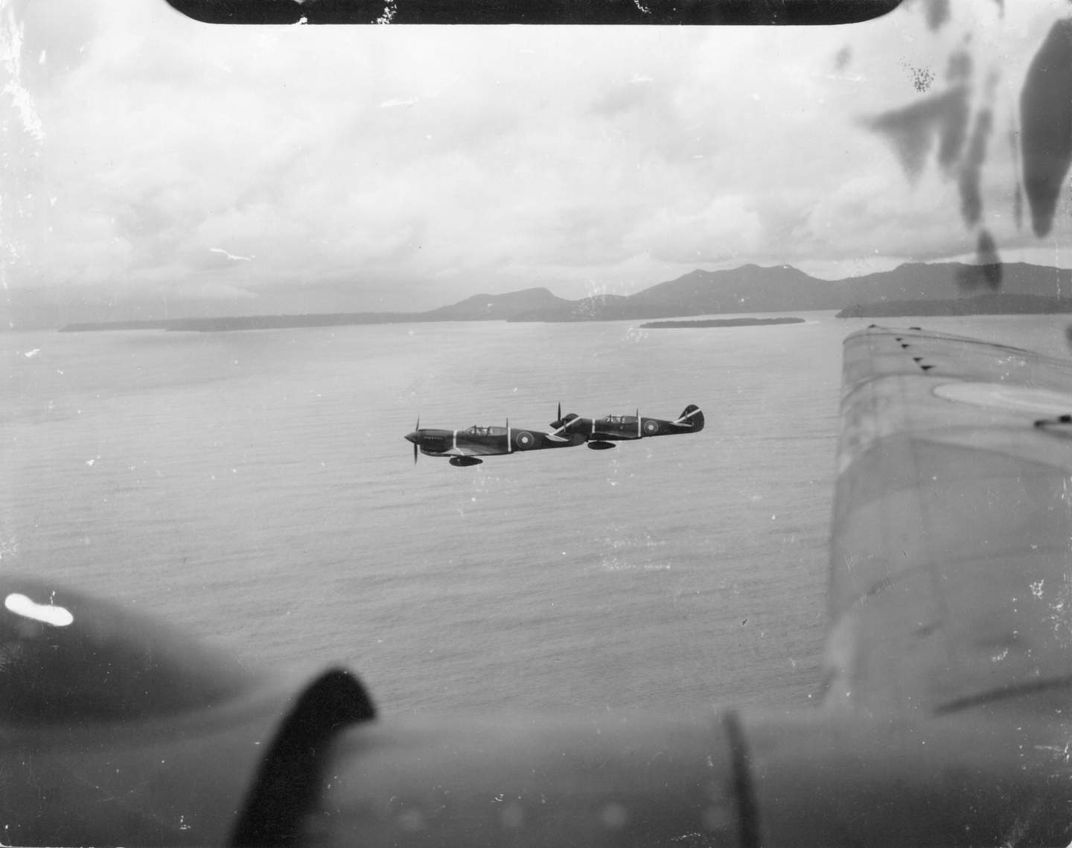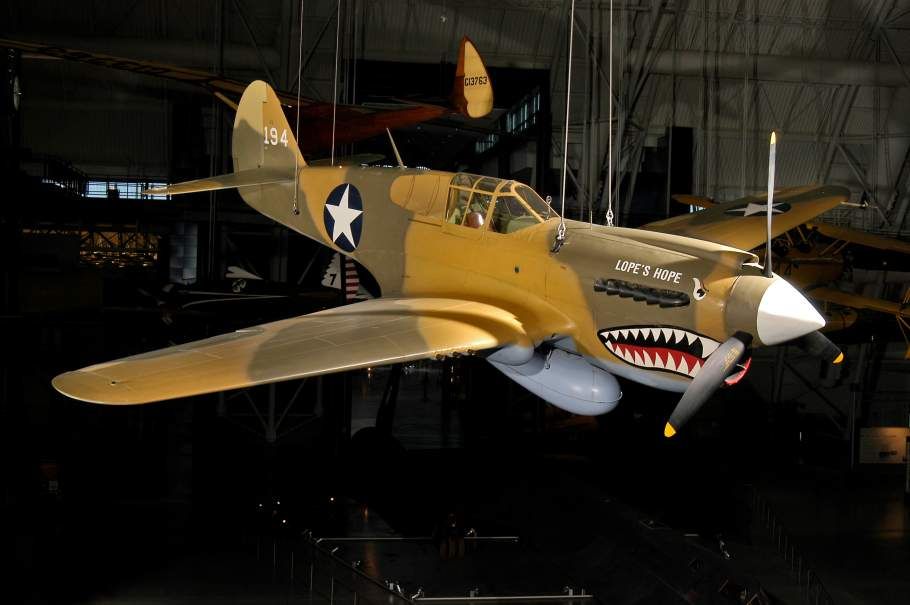The Cactus Air Force’s Forgotten Spine: The Royal New Zealand Air Force at Guadalcanal
Often overlooked in the histories of the battle is the Cactus Air Forces’ forgotten spine, the Royal New Zealand Air Force (RNZAF) that fought a desperate battle over the skies of the Solomon Islands.
:focal(1964x1458:1965x1459)/https://tf-cmsv2-smithsonianmag-media.s3.amazonaws.com/blogging/featured/PR1252.jpg)
Following the critical naval victory at Midway in June 1942, the United States turned from a defensive posture in the Pacific to the offensive. The question then became where advance would take place over an expanse of more than 3,000 miles from the Burmese jungle to the many island groups spread throughout the southwest and central Pacific. U.S. naval strategists soon had their answer when they discovered that the Japanese were building a small airbase on an island at the end of the Solomon Island chain – Guadalcanal. If this airbase became operational, Japanese aircraft could attack the thin and vital supply line between the United States and Australia and New Zealand.
On August 7 ,1942, just a month following the Midway victory, the United States launched a hastily-organized invasion of this small jungle-covered island in the aptly named Operation Shoestring. They had to fight an elusive enemy in the hazards of the jungle climate. Over the next six months, the battle became legendary in the history of the United States Marine Corps, as the troops were temporarily cut off from supplies after a disastrous naval defeat at Iron Bottom Sound off the island’s coast.

The key for the entire operation centered on the small airstrip in the center of the island, named Henderson Field. From Henderson, an eclectic mix of U.S. Navy and Marine fighters and bombers as well as heavy U.S. Army Air Force Boeing B-17 bombers formed a composite unit code named the Cactus. The pilots of the Cactus Air Force fought a desperate battle over the skies of the Solomon Islands, frequently outnumbered by units of the Japanese Army and Naval air forces. Often overlooked in the histories of the battle is the Cactus Air Forces’ forgotten spine, the Royal New Zealand Air Force (RNZAF).
When war broke out in the Pacific, it was obvious to all nations involved that the command would become the primary responsibility of the United States. New Zealand’s leadership immediately offered any assistance the small island nation could supply to the American operations. The United States supplied the Royal New Zealand Air Force with combat aircraft. New Zealand had requested Hawker Hurricane aircraft from Great Britain but was turned down because of the immediate need of these fighters in Europe as well as the limited means to ship the aircraft thousands of miles to Britain’s most distant Commonwealth. The initial combat aircraft sent to New Zealand by the United States were the Curtis P-40 Tomahawk fighter and the Lockheed Hudson twin engine pre-war civilian transport converted to a light bomber.
On November 23, 1942, six Lockheed Hudsons of RNZAF 3 Squadron were the first New Zealand aircraft to arrive at Guadalcanal. Brig. Gen. L.E. Woods, commander of the Cactus Air Force, placed these aircraft in the reconnaissance section for pressing operations. Although the RNZAF’s initial contribution was exceedingly small, these New Zealand crewed aircraft provided immediate results. Their most important task was executing search and patrol missions, and relieving the American B-17 heavy and Dauntless dive-bomber crews from the responsibility. This allowed the American aircraft to concentrate on combat sorties. Over the course of these patrols, the New Zealanders spotted and attacked two Japanese submarines and likely sunk one of them. (Without definitive proof of this sinking, the crew did not make a formal claim.) In addition, the RNZAF Hudson crews spotted, reported, and tracked numerous Japanese convoys that were on the way to reinforce the island. These sightings resulted in successful attacks by the American combat aircraft, breaking up and limiting the convoys’ arrival to Guadalcanal. These patrols flown by the RNZAF were long and arduous, with flights taking place over open expanses of the ocean surrounding the Solomon Islands chain. The Hudson, which was lightly armed with a single dorsal gun turret with two Browning .303 machine guns, was not a serious match for the Japanese fighter aircraft that vigorously patrolled the region as well. Another role played by the RNZAF Hudson that proved to be valuable was serving as navigation ships. The Hudson’s superior navigational capability allowed it to support American single-engine fighters and dive-bombers squadrons, which would form up with a RNZAF Hudson lead ship. This aircraft would precisely lead their formations to their targets.

In February 1943, the Marine Corps and U.S. Army finally secured Guadalcanal. The fight for the Solomon Islands continued and numerous landings occurred progressively up the island chain. During these battles, the strength of the RNZAF grew on Guadalcanal. RNZAF No. 14, 15, and 16 squadrons, equipped with Curtiss P-40s, flew vital combat sorties in support of the American offensive. These fighters attacked Japanese shipping lines, conducted ground attack missions, and provided fighter protections for American bombers.
During these early offensives by the Americans in the Solomon Islands, the addition and support of the New Zealand squadrons was most welcomed. As the offensive moved elsewhere, the Americans gave over the air defense responsibilities for the island group to the RNZAF. These fighter units would later find themselves equipped with the better performing gull-winged F4U Corsair, and the Hudson was replaced with the updated Lockheed Ventura bomber. The role of the RNZAF steadily declined as the war moved farther away from the Solomons and the United States forces were capable of solely conducting combat operations in the central and western Pacific.
